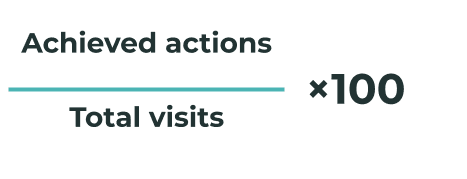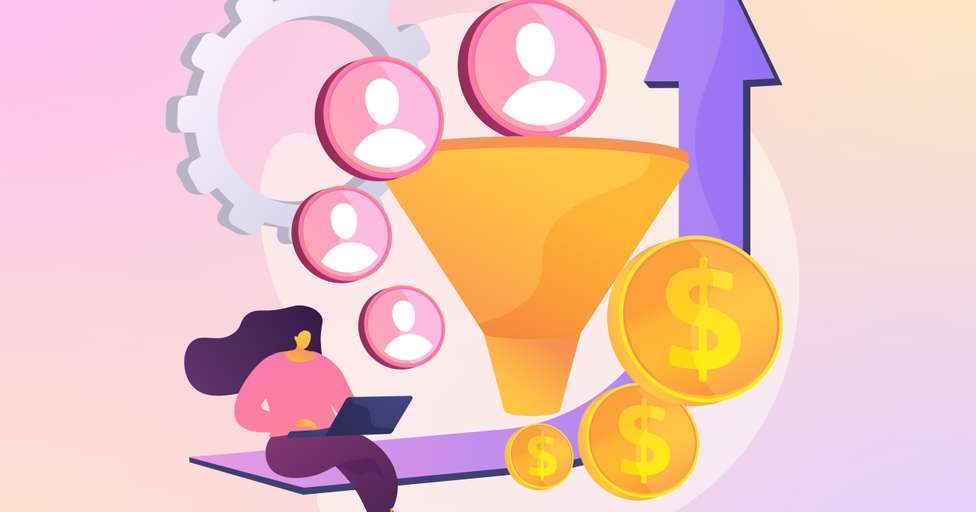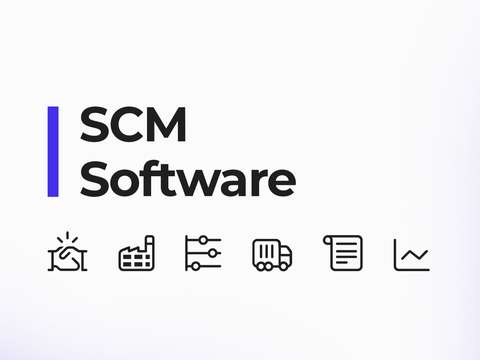The conversion rate is one of the most important key performance indicators (KPI) in the world of digital marketing. It allows you to measure the effectiveness of your actions in sales, marketing and other areas of the business. This information is necessary to evaluate the work done, find possible errors and develop new strategies.
All of this makes conversion rates a crucial element of a company's decision-making process. Without it, it’s very difficult to determine if the systems in place are best for your online store. The growth of your business may be hindered by a lack of information.
In this article, you will learn what the conversion rate is and how it is calculated. You will also find tips to raise your conversion rate, improve results and boost sales.
What is the conversion rate?
The conversion rate (CR) is a mathematical formula that calculates the results obtained from a specific action. Basically, it measures the ratio of the chances of achieving a goal to the number of times that goal has been met.
For example, thanks to the conversion rate, you can see what percentage of the users who arrive at your checkout end up making the purchase, or what percentage of the emails you send to your customers are actually opened.
Continuously tracking this KPI in different areas of your business will help you monitor performance.
How to calculate the conversion rate
To calculate the conversion rate, you must divide the number of times a user performed the desired action by the number of total visits and multiply the result by 100.

Imagine that you create a landing page with the intention of collecting information through a form. Now imagine that only 20 of 160 visitors filled out the form. The calculation would be as follows: 20 ÷ 160 × 100.
What can you measure with the conversion rate?
While it is true that conversion rates can be applied to any type of action or campaign, they are mostly used for marketing or sales purposes.
Marketing conversion rate
The concept of conversion in marketing actions depends on the intended objective.
Maybe you want to attract traffic, increase the number of signups, collect information about customers, get downloads or clicks, make customers stay on your website for longer or create powerful newsletters through an email marketing strategy. The effectiveness of all of these actions is measurable through the conversion rate.
Sales conversion rate
The conversion rate can also be used to analyze the amount of sales the website is capable of achieving. Product pages, catalog, checkout, tracking emails, and many other aspects of an online shop can be measured as part of the sales funnel.
This metric can also be applied to find certain strategic data: peak dates for online stores, best-selling products, customer profiles, etc.

How to increase the conversion rate
To improve your conversion rate, it’s necessary to apply a conversion optimization strategy (CRO or Conversion Rate Optimization) like the following:
A/B testing
A good way to increase conversion is to launch two campaigns with the same purpose, but promoting different features, and see which one gets better results.
For example, you can list the same product in a marketplace with different descriptions and see which one gets more sales. Then, you will be able to compare the conversion rate of both tokens and use that data to create a more efficient strategy for your goals and future actions.
Segment towards qualified profiles
One potential flaw in conversion rates is the inclusion of users who aren’t really interested in what you’re offering or those users who may be interested, but aren’t profitable for your business.
Users who fit this profile may carry out the desired action because of added value or some other reason, but end up leaving the funnel and damaging the veracity of the conversion rate’s results.
This is why directing actions to a target with a real conversion intention, through the usage of updated databases and better keywords, will mean quality leads with a higher intention to convert.
Social networks are really effective channels when it comes to segmenting profiles; Pinterest's board strategies are proof of this.
Connect multiple couriers
If you have an online store, you may already be familiar with the concept of cart abandonment. All those users stop the purchase at the last moment because of high shipping costs, a poor return experience or a lack of professional couriers.
By offering different couriers in your checkout with a platform like Outvio, you can close more sales by offering more shipping methods, flexible delivery options, lower shipping rates and a more attractive return policy.
FAQ about conversion rates
What is a good conversion rate?
Generally speaking, a conversion rate between 3% and 5% is already good, but this can differ widely depending on the industry. In eCommerce, the recommended conversion rate should be around 1%.
What exactly does conversion rate measure?
Conversion rate measures the difference between the number of users that are targeted by an action and the number of users who actually carry out the desired action.
What is the conversion rate used for?
The conversion rate is mainly used to measure results. It is also very useful for evaluating strategies, finding weaknesses or setting new goals.
How do you increase the conversion rate on a website?
You can improve the conversion to sales of your website by optimizing the buyer's journey, investing in a better tool to attract quality leads and offering a larger range of shipping options with software like Outvio.




